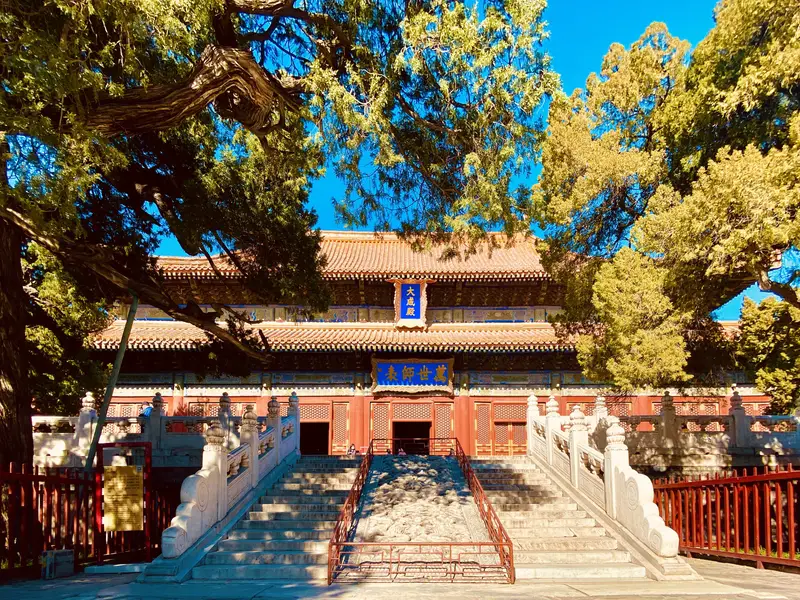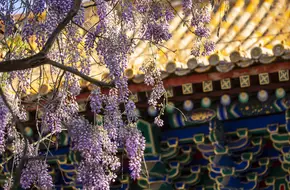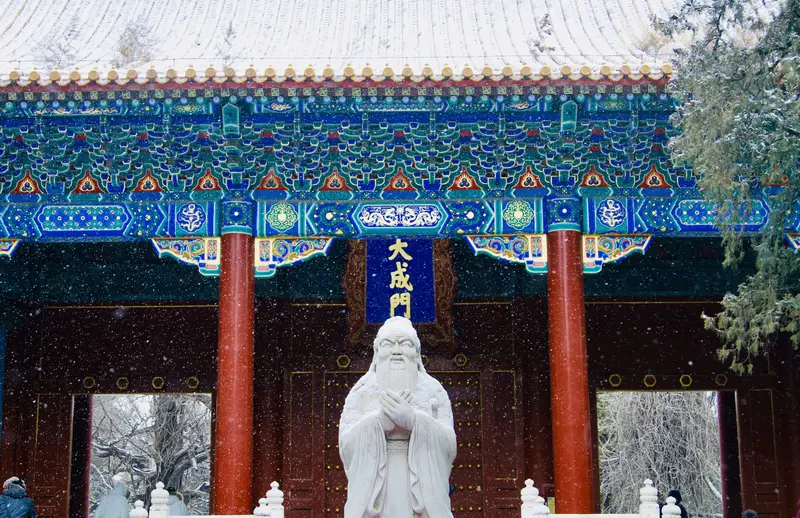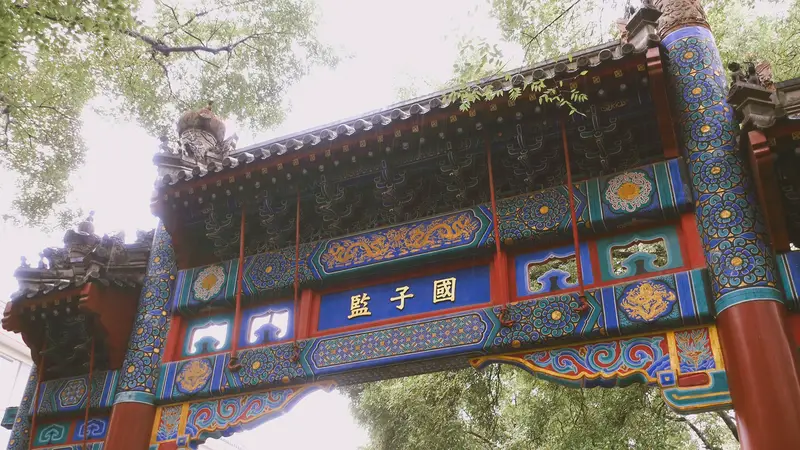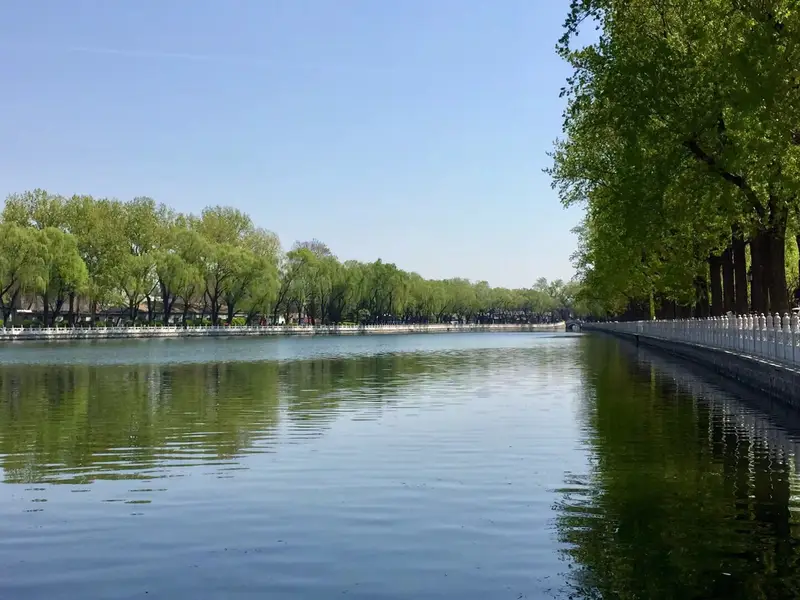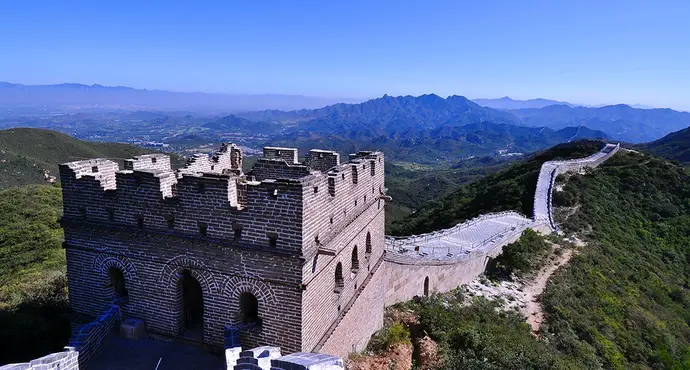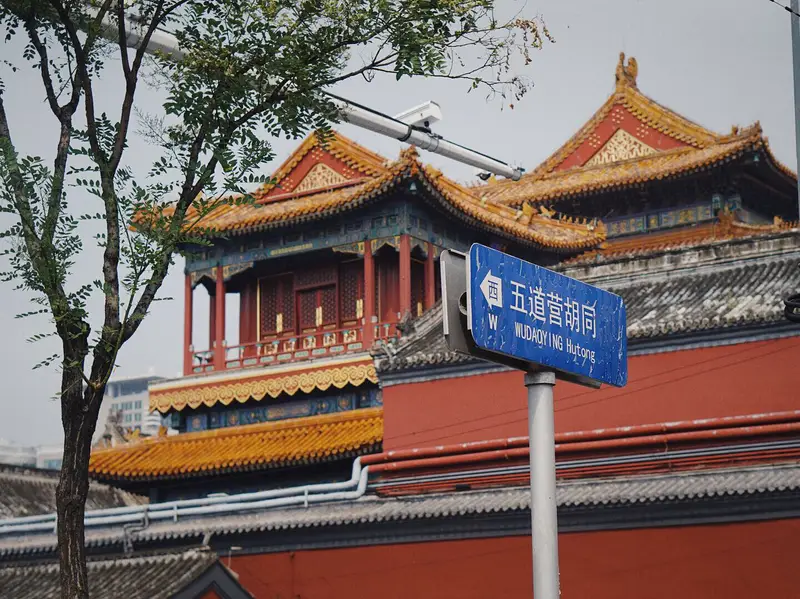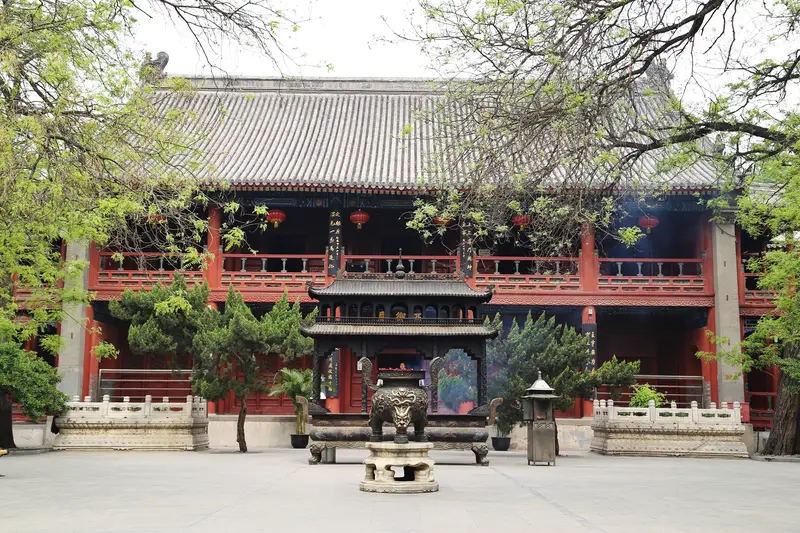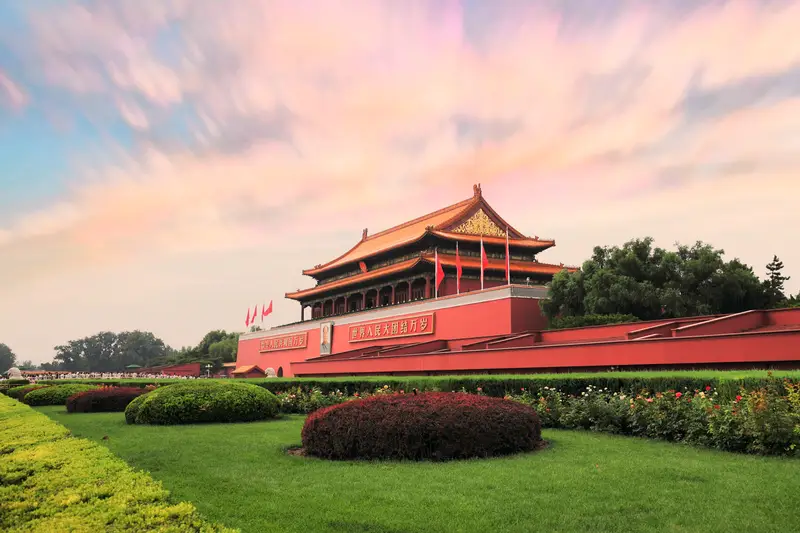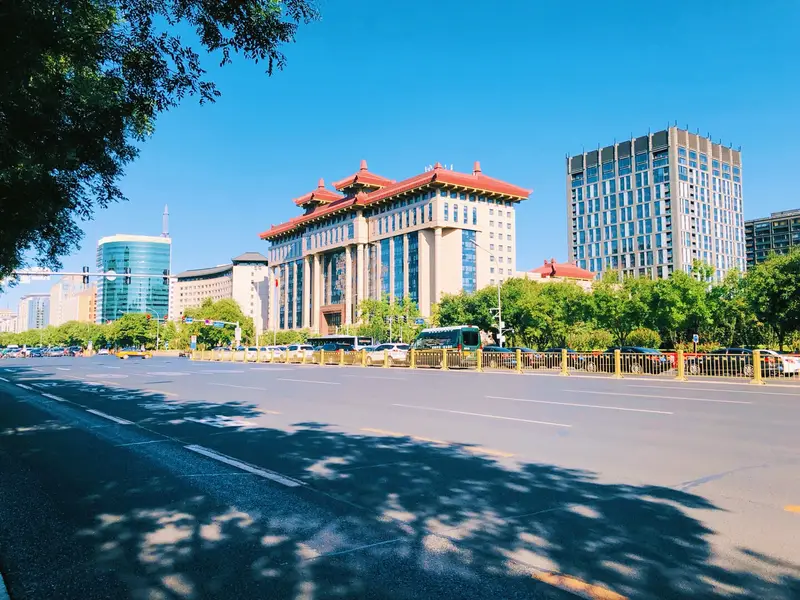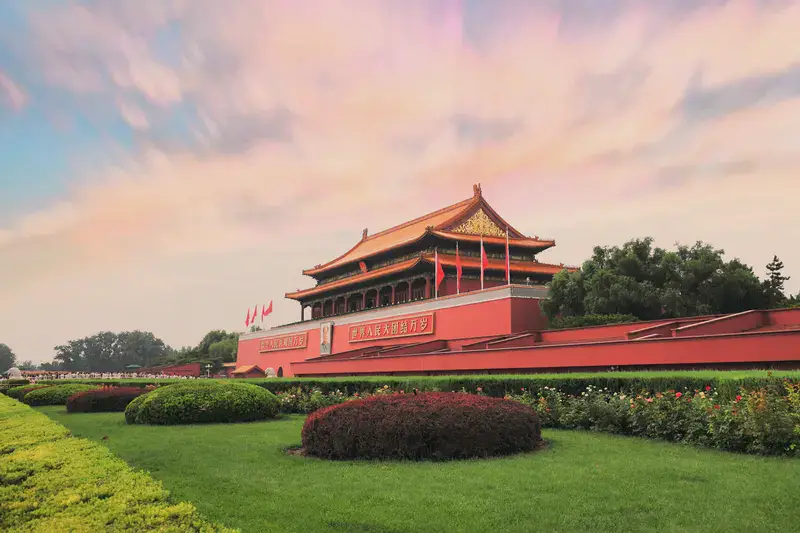Location and How to Get There
The Confucius Temple and The Imperial College Museum are located in the heart of Beijing, China. You can easily find them in the Dongcheng District, just north of the famous Yonghegong Lama Temple. If you’re taking the subway, hop on Line 2 or Line 5 and get off at Yonghegong Station. From there, it’s just a short walk south to reach the temple and museum. For those who prefer buses, several routes stop nearby, including 13, 116, and 117. Taxis and ride-hailing services like Didi are also convenient options.
Natural Scenery
While the Confucius Temple and The Imperial College Museum are primarily known for their cultural significance, the surrounding area offers a pleasant natural environment. The temple grounds are adorned with ancient cypress trees, some of which are over 700 years old. These trees provide a serene and shaded atmosphere, perfect for a peaceful stroll. The courtyards are beautifully landscaped with traditional Chinese gardens, featuring rockeries, ponds, and seasonal flowers. In spring, the cherry blossoms add a touch of color and fragrance to the area, making it a delightful spot for nature lovers.
Cultural Significance
The Confucius Temple is a tribute to Confucius, the great Chinese philosopher whose teachings have influenced East Asian culture for centuries. Built in 1302 during the Yuan Dynasty, the temple is one of the largest Confucian temples in China. It’s a place where scholars and students once came to pay their respects and seek wisdom. The architecture is grand and symbolic, with traditional Chinese elements like red walls, golden tiles, and intricate carvings.
The Imperial College Museum, located next to the temple, was once the highest educational institution in ancient China. Established in 1306, it was where the country’s brightest minds studied and prepared for imperial examinations. The museum now showcases artifacts and exhibits that tell the story of China’s educational history, including ancient books, examination papers, and ceremonial objects. It’s a fascinating glimpse into the intellectual life of imperial China.
Facilities and Amenities
Both the Confucius Temple and The Imperial College Museum are well-equipped for visitors. There are clean restrooms, drinking water stations, and seating areas throughout the site. Information boards in English and Chinese provide context for the exhibits and architecture. Guided tours are available for those who want a deeper understanding of the history and significance of the place. Souvenir shops offer a variety of items, from books and postcards to traditional Chinese crafts. For those who get hungry, there are small cafes and snack vendors nearby, though it’s worth exploring the surrounding neighborhood for more dining options.
Visitor Experience
Visiting the Confucius Temple and The Imperial College Museum is a unique and enriching experience. The atmosphere is calm and reflective, offering a break from the hustle and bustle of Beijing. Walking through the temple’s halls and courtyards, you can almost feel the weight of history and the reverence for learning that has been preserved here. The museum’s exhibits are thoughtfully curated, making it easy to connect with the stories of the past. Whether you’re a history buff, a culture enthusiast, or just someone looking for a peaceful place to explore, this site has something to offer. The combination of beautiful architecture, rich history, and tranquil surroundings makes it a must-visit destination in Beijing.


